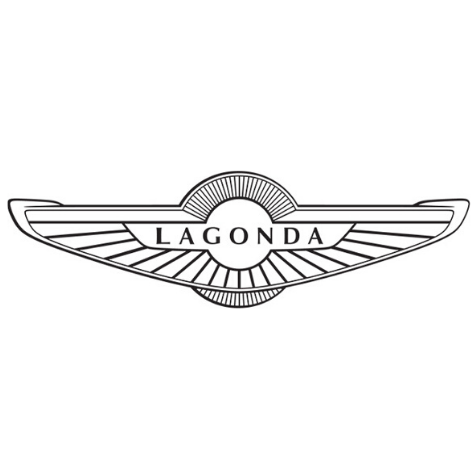The Lagonda company was founded in 1906 in the UK in Staines, Middlesex, by American-born Wilbur Gunn (1859–1920), a former opera singer. He became a British national in 1891 and worked as a speedboat and motorcycle engineer in Staines. He named the company after the Shawnee settlement "Lagonda" in modern-day Springfield, Ohio, the town of his birth. This is a glacially eroded limestone gorge of much beauty. Historically, the area played a major role in the Treaty of Easton and the aligning of the Shawnee tribe with the British during the French and Indian War.
He had built motorcycles on a small scale in the garden of his house in Staines with reasonable success, including a win on the 1905 London–Edinburgh trial. In 1907 he launched his first car, the 20 hp, six-cylinder Torpedo, which he used to win the Moscow–St. Petersburg trial of 1910. This success produced a healthy order for exports to Russia which continued until 1914. In 1913, Lagonda introduced an advanced small car, the 11.1, with a four-cylinder 1,099 cc engine, which, by 1914, featured a panhard rod and a rivetted unibody body and the first ever fly-off handbrake.

